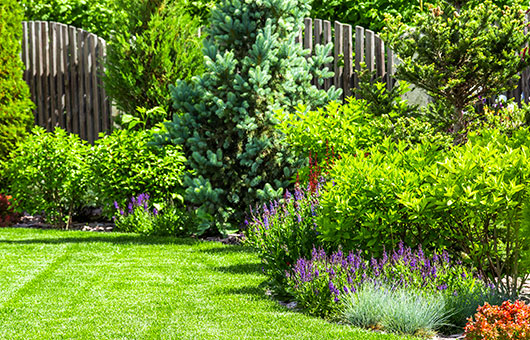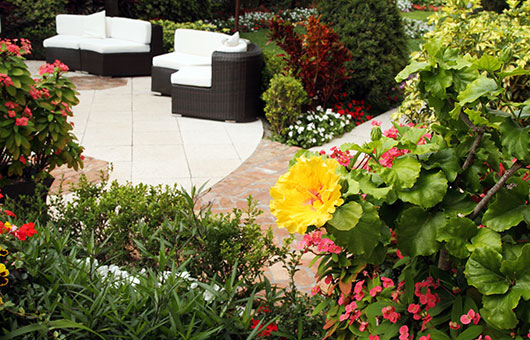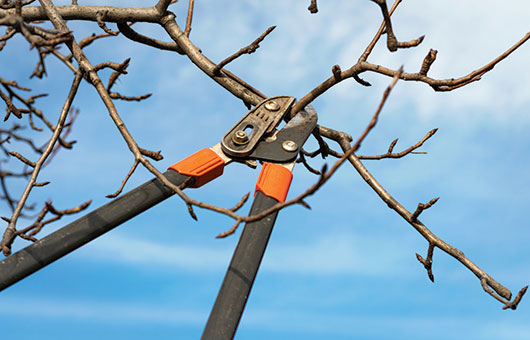
Going Native
Choosing plants for your landscape can be somewhat of a juggling act. Factors of size, shape, and appearance must all be considered as you look to build a landscape that suits your vision. Another factor to consider is the plant’s overall viability and maintenance requirements. Plants that are native to your region make excellent choices.

All living landscaping includes maintenance needs. While regular watering, pruning, and fertilization is not too much to ask, some plants require considerable coddling. Some midwesterners love having ornamental banana trees. While those trees do offer a unique tropical flair, they also need to be dug up and stored indoors every winter, a process that becomes more and more cumbersome with each passing year.

On the other hand, native plants are naturally adapted to their surroundings. They are attuned to the area’s rainfall, soil composition, range of temperature, and even common pests. As a result, native plants can thrive even with the most basic level of care. This allows you to enjoy a gorgeous landscape minus the maintenance headaches. As you select plants to populate your property, be sure to pick some native plants that already feel right at home in your region.
Pruning
Thinning, cutting, heading, shearing. While the terms may sound a bit intimidating, pruning is a regular, important part of keeping your plants healthy and looking their best.
Pruning removes diseased and damaged plant parts, helps air circulate and sunlight get in, and stops structural problems in future plant growth. Flowering plants, in particular, produce more flowers and fruit when pruned at the right time.

As a general rule, flowering plants that bloom in early spring on old wood (or growth from the previous season) should be pruned a week or two after flowers drop. Those that bloom in late summer on stem growth from the current growing season should not be pruned until they are dormant.
A cut in the right direction now can mean better plant performance and appearance. For the best results, combine pruning with healthy fertilization. Then sit back and watch how nature appreciates the help you give.
